Mijae Kim
We are delighted to introduce Mijae Kim, a visionary creative director and founder of Artment.dep, a multidisciplinary studio based in Seoul. With a diverse portfolio spanning branding, graphic design, interior design, and pop-up store operations, Mijae has made a significant impact on Korea's design landscape. Notably, she founded "Tea Collective," Korea's first local tea brand created by a design studio.
In her Hai Society, Mijae shares valuable insights into her creative journey, lessons learned from past projects, sources of inspiration, and the experiences that have shaped her career. Explore her journal and delve into the mind of a designer who seamlessly blends passion, diligence, and a holistic approach to lifestyle aesthetics—continually redefining the boundaries of creative direction.
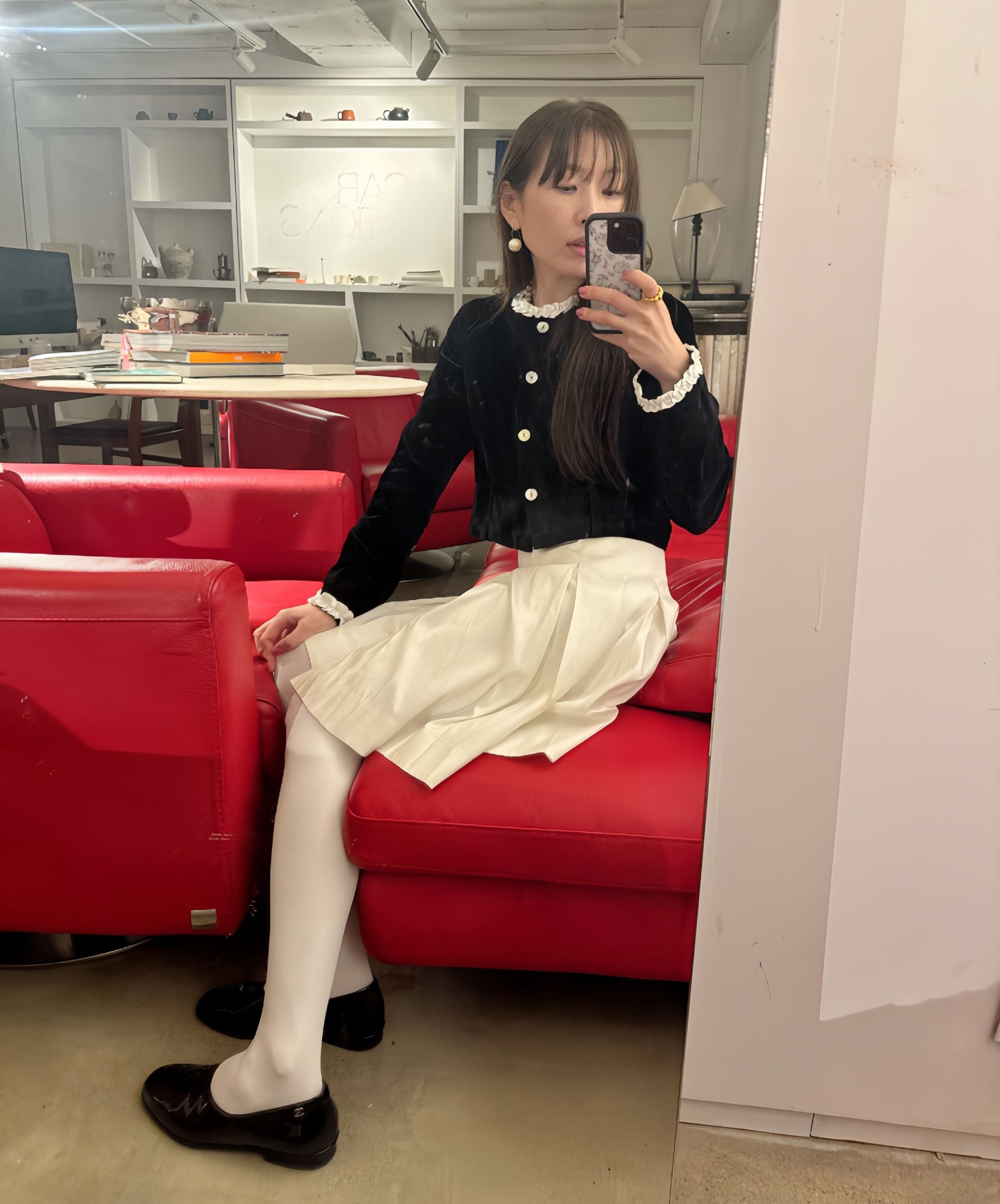
Of the projects that you’ve worked on, which do you think you’ve learnt the most from?
My studio (Artment.dep) handles a wide variety of creative work, including branding, planning, graphic design, interior design, and pop-up store operations. I am constantly learning a lot from these experiences, but the most significant thing I have learned is how to coordinate opinions with others and effectively communicate with clients or consumers to ensure their satisfaction.
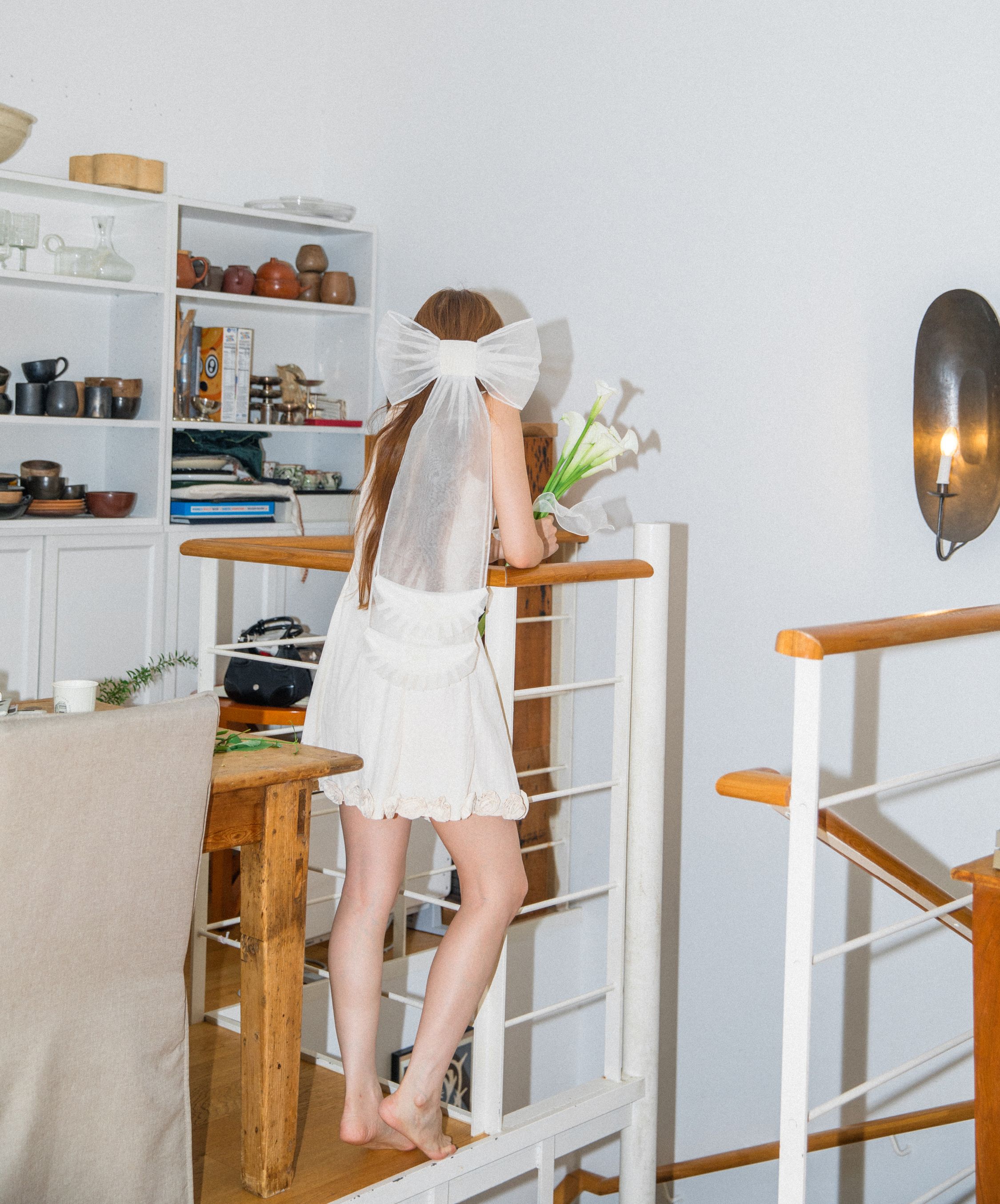
When do you know that it’s time to give up on something that you’re working on?
In the case of client projects, if our design direction or the value we aim to deliver is not understood despite multiple attempts, or if it seems that the client does not view our work as necessary, I tend to decide that it’s better to step back. This approach helps save our time and energy, as well as the client’s costs and time, rather than feeling offended or disappointed as a designer. However, I rarely give up on my own projects or planning work.
Of everything you’ve worked on, what are you proudest of?
Since 2006, I have completed more than 180 projects. Regardless of the quantity, I am immensely proud of my passion, diligence, and dedication to growing both my company and myself. Additionally, I take great pride in founding "Tea Collective," the first local Korean tea brand established by a design studio in Korea.
Can you work to music? What do you listen to if so?
When I need to focus on tasks involving numbers, I work without music. However, for creative tasks that require generating ideas, such as research or creating mood boards, I prefer to have music playing. My go-to music while working is the album by Rachel’s.
When did you realise you wanted to do creative direction?
At 22 years old, I decided to take a gap year from my university in London and returned to Seoul. During this time, I had the opportunity to work on planning and creating a lifestyle select shop and café for a fashion company in the heart of Seoul. I was able to see, experience, and learn various things related to interior design, branding, food menus, and planning contents and events even though I was un-experienced designer at that time. I have always had a deep interest and curiosity in all areas of lifestyle, including fashion, living, and food. Naturally, this led me to pursue a career where I could oversee the entire process—from planning to final results—rather than limiting myself to a single design field
Tell us about your creative process.
The first step is to gather as much information as possible about the project or client. Next, I create a mood board and select key elements such as keywords, images, and materials. Depending on the project, the key image could range from a single main image to dozens of visuals. After collecting inspiration from various sources, including artists, architecture, materials, and music, I curate an essential board that forms the foundation for the project. With this groundwork complete, we move on to the creative process, which includes brand naming, logo design, patterns and symbols, packaging design, spatial design, and content planning.
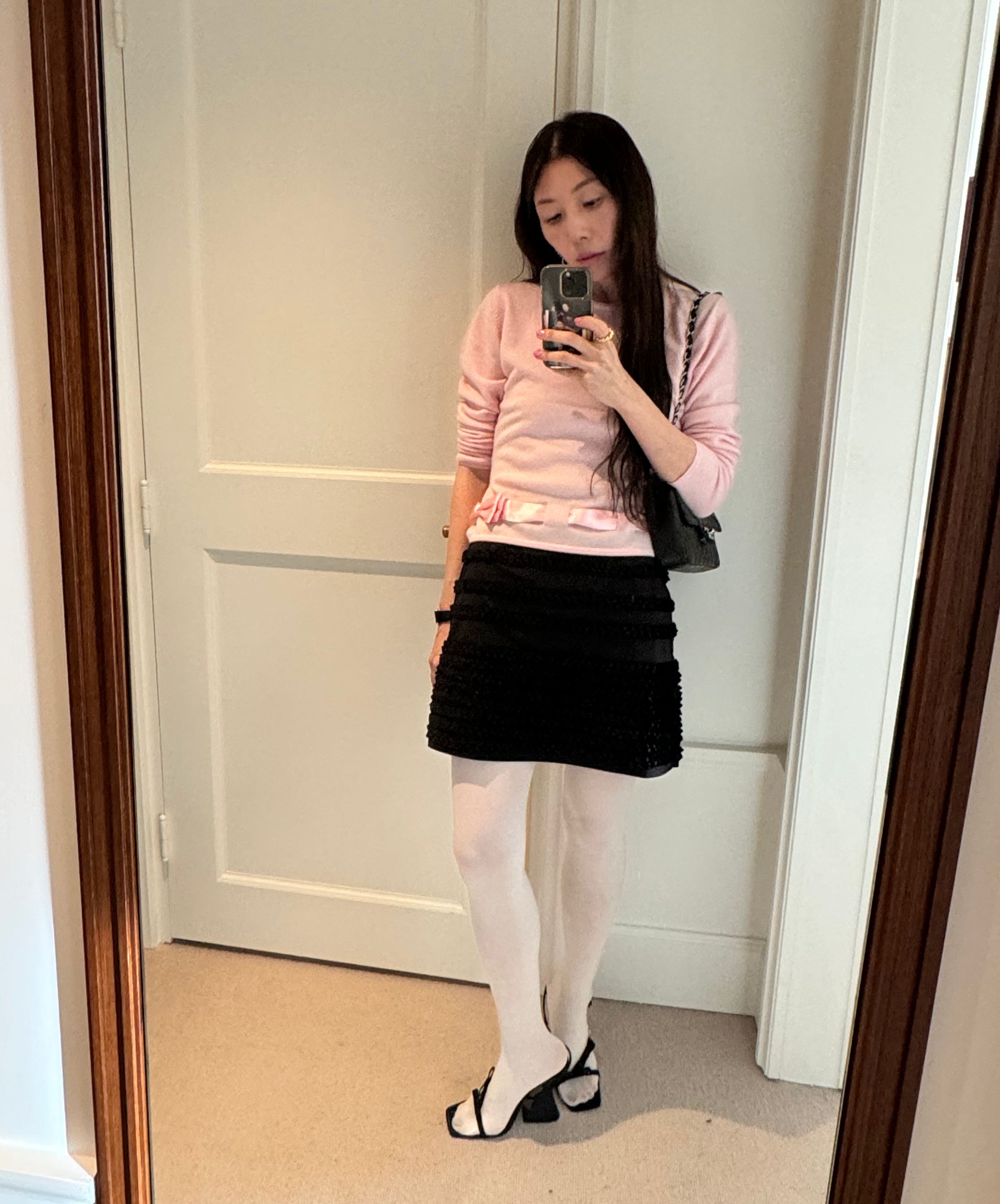
Do you feel creatively satisfied?
I have high expectations of myself, so I am not easily satisfied. Recently, however, I was proud of the proposal I made for a curved table layout in the limited space of the Gohar World Seoul pop-up store. The inspiration came from the layout of a corner in the exhibition hall at the Rodin Museum in Paris. Paying attention to tiny details that others might overlook and transforming them into valuable ideas, especially when facing creative blocks, brings me a great sense of fulfillment.
If I took a two-week break, I’d visit New York and Los Angeles to reconnect with a friend and her family.
My three best travel Tips:
Save new spots via Instagram, magazines, or web surfing. Check gallery archives for quality exhibits.
Combat jet lag with good coffee in the morning and tea at night.
Carry portable hand-drip coffee and tea bags for quality drinks.
Follow local creatives on Instagram to find top restaurants, shops, and cafes. Save hair salon tips for unexpected events on business trips.
If you could live in any city in the world, what would it be?
My current aspiration is to have a second home in Tokyo and travel back and forth to Seoul. Tokyo is where I spent my teenage years, and I plan to have my son spend his late teenage years there as well.
Where do you feel most at home, and why?
Seoul, where I live now, feels most like home to me. Since my 20s, I’ve never lived in the same place for more than a year, but this is the first time I’ve stayed in one place for over four years without moving. I also got married two months ago, and we still live here. This neighborhood, with its view of Namsan Mountain, is very precious to me.
For you, what is the best restaurant in the world?
There are so many great places! If I had to pick just one, it would be the izakaya "Kan" in Tokyo. The food is absolutely delicious, the chefs and bartenders are highly professional, and the atmosphere is warm, mature, and quietly friendly. Their sake (Japanese shochu) recommendations are fantastic, and the prices are very reasonable. I wish I could live in that area so I could go there every night after work.
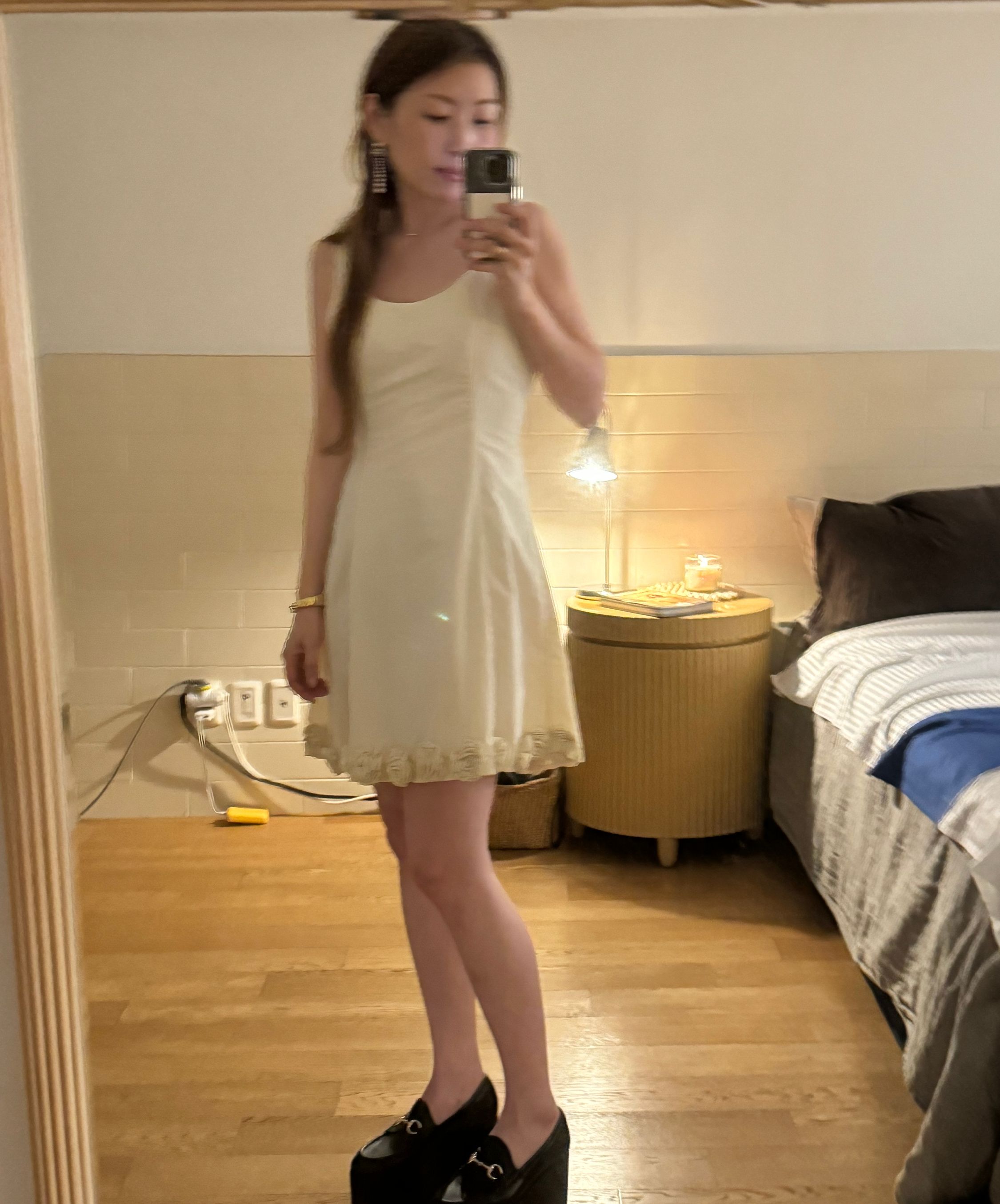
You’re hosting a dinner for your closest friends; what are you cooking and what are you serving to drink?
If I’m hosting a party at home, I always start by buying delicious bread from the local bakery. I also prepare homemade seasonal pasta, fruits, cheese, salads, and a selection of natural wines and teas. If I feel like I'm getting drunk, I pace myself by drinking tea between alcoholic beverages. In particular, Korean sword-bean tea and burdock tea help remove the greasy taste from food and are excellent for digestion.
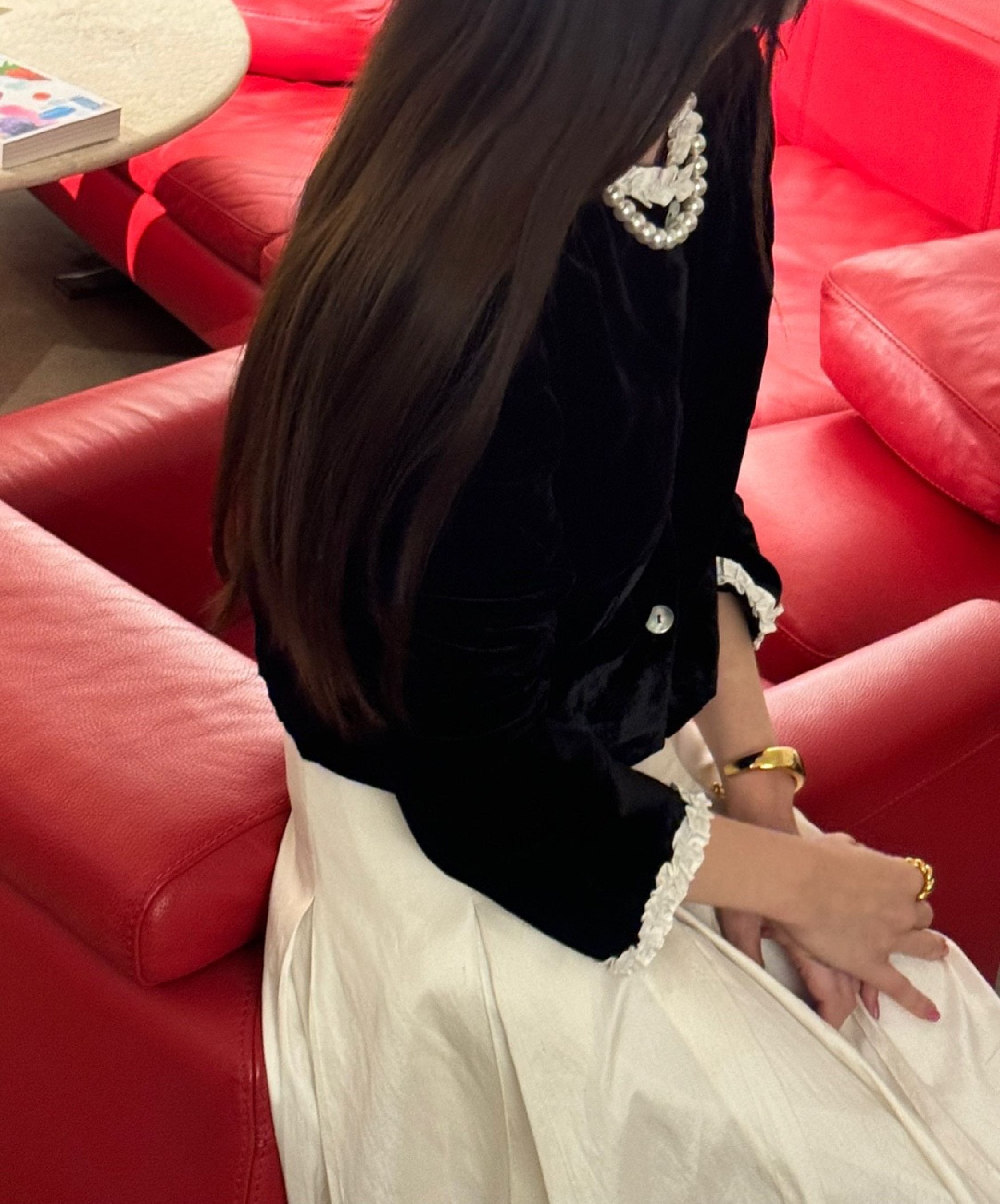
Of the projects that you’ve worked on, which do you think you’ve learnt the most from?
My studio (Artment.dep) handles a wide variety of creative work, including branding, planning, graphic design, interior design, and pop-up store operations. I am constantly learning a lot from these experiences, but the most significant thing I have learned is how to coordinate opinions with others and effectively communicate with clients or consumers to ensure their satisfaction.

When do you know that it’s time to give up on something that you’re working on?
In the case of client projects, if our design direction or the value we aim to deliver is not understood despite multiple attempts, or if it seems that the client does not view our work as necessary, I tend to decide that it’s better to step back. This approach helps save our time and energy, as well as the client’s costs and time, rather than feeling offended or disappointed as a designer. However, I rarely give up on my own projects or planning work.
Of everything you’ve worked on, what are you proudest of?
Since 2006, I have completed more than 180 projects. Regardless of the quantity, I am immensely proud of my passion, diligence, and dedication to growing both my company and myself. Additionally, I take great pride in founding "Tea Collective," the first local Korean tea brand established by a design studio in Korea.
Can you work to music? What do you listen to if so?
When I need to focus on tasks involving numbers, I work without music. However, for creative tasks that require generating ideas, such as research or creating mood boards, I prefer to have music playing. My go-to music while working is the album by Rachel’s.
When did you realise you wanted to do creative direction?
At 22 years old, I decided to take a gap year from my university in London and returned to Seoul. During this time, I had the opportunity to work on planning and creating a lifestyle select shop and café for a fashion company in the heart of Seoul. I was able to see, experience, and learn various things related to interior design, branding, food menus, and planning contents and events even though I was un-experienced designer at that time. I have always had a deep interest and curiosity in all areas of lifestyle, including fashion, living, and food. Naturally, this led me to pursue a career where I could oversee the entire process—from planning to final results—rather than limiting myself to a single design field
Tell us about your creative process.
The first step is to gather as much information as possible about the project or client. Next, I create a mood board and select key elements such as keywords, images, and materials. Depending on the project, the key image could range from a single main image to dozens of visuals. After collecting inspiration from various sources, including artists, architecture, materials, and music, I curate an essential board that forms the foundation for the project. With this groundwork complete, we move on to the creative process, which includes brand naming, logo design, patterns and symbols, packaging design, spatial design, and content planning.
Do you feel creatively satisfied?
I have high expectations of myself, so I am not easily satisfied. Recently, however, I was proud of the proposal I made for a curved table layout in the limited space of the Gohar World Seoul pop-up store. The inspiration came from the layout of a corner in the exhibition hall at the Rodin Museum in Paris. Paying attention to tiny details that others might overlook and transforming them into valuable ideas, especially when facing creative blocks, brings me a great sense of fulfillment.
If I took a two-week break, I’d visit New York and Los Angeles to reconnect with a friend and her family.
My three best travel Tips:
Save new spots via Instagram, magazines, or web surfing. Check gallery archives for quality exhibits.
Combat jet lag with good coffee in the morning and tea at night.
Carry portable hand-drip coffee and tea bags for quality drinks.
Follow local creatives on Instagram to find top restaurants, shops, and cafes. Save hair salon tips for unexpected events on business trips.
If you could live in any city in the world, what would it be?
My current aspiration is to have a second home in Tokyo and travel back and forth to Seoul. Tokyo is where I spent my teenage years, and I plan to have my son spend his late teenage years there as well.
Where do you feel most at home, and why?
Seoul, where I live now, feels most like home to me. Since my 20s, I’ve never lived in the same place for more than a year, but this is the first time I’ve stayed in one place for over four years without moving. I also got married two months ago, and we still live here. This neighborhood, with its view of Namsan Mountain, is very precious to me.
For you, what is the best restaurant in the world?
There are so many great places! If I had to pick just one, it would be the izakaya "Kan" in Tokyo. The food is absolutely delicious, the chefs and bartenders are highly professional, and the atmosphere is warm, mature, and quietly friendly. Their sake (Japanese shochu) recommendations are fantastic, and the prices are very reasonable. I wish I could live in that area so I could go there every night after work.

You’re hosting a dinner for your closest friends; what are you cooking and what are you serving to drink?
If I’m hosting a party at home, I always start by buying delicious bread from the local bakery. I also prepare homemade seasonal pasta, fruits, cheese, salads, and a selection of natural wines and teas. If I feel like I'm getting drunk, I pace myself by drinking tea between alcoholic beverages. In particular, Korean sword-bean tea and burdock tea help remove the greasy taste from food and are excellent for digestion.